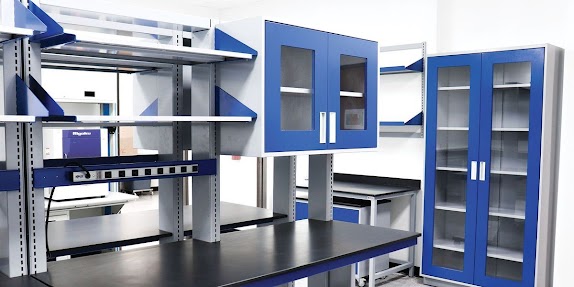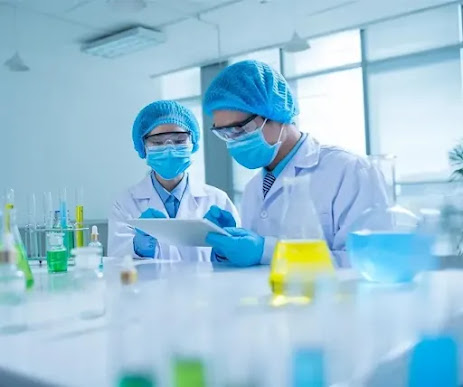Designing a Functional and Efficient Laboratory: A Guide to Laboratory Furniture
Laboratories are the backbone of scientific research, playing a crucial role in various fields like chemistry, biology, physics, and more. A well-equipped laboratory requires careful consideration of the furniture to ensure efficiency, safety, and optimal productivity. In this blog, we will delve into the importance of laboratory furniture and explore some key factors to consider when designing a functional and efficient laboratory space.
1.Safety First: The Importance of Laboratory Furniture
Laboratory furniture is more than just tables and chairs; it forms the foundation of a safe working environment. Lab accidents can have severe consequences, including injuries, contamination, and damage to expensive equipment. Properly designed laboratory furniture helps minimize risks and ensures a secure workspace for researchers.
Chemical Resistance: High-quality laboratory furniture is typically constructed using materials that are resistant to various chemicals. This prevents potential damage caused by spills and splashes during experiments.
Ergonomics: Researchers often spend long hours in the lab. Ergonomically designed furniture can reduce the risk of repetitive strain injuries and improve overall comfort, allowing scientists to focus on their work.
Ventilation: Certain laboratory tasks involve hazardous fumes and gases. Furniture with integrated ventilation systems helps to maintain air quality and protect researchers from harmful substances.
2.Essential Laboratory Furniture and Their Functions
a. Laboratory Workbenches: The cornerstone of any lab, workbenches provide the primary workspace for conducting experiments. When selecting workbenches, factors such as size, weight capacity, and surface material (e.g., chemical-resistant laminate, stainless steel) must be considered.
b. Laboratory Storage Solutions: Proper storage is crucial for maintaining a clutter-free and organized workspace. Cabinets, drawers, and shelving units designed for laboratory use help keep equipment, chemicals, and supplies in order.
c. Fume Hoods: Fume hoods are essential for containing and removing harmful fumes and vapors, protecting researchers and the environment. They come in various types, such as ducted, ductless, and filtered fume hoods, each catering to specific requirements.
d. Lab Chairs and Seating: Comfortable and adjustable seating is vital for researchers who spend extended periods working at the laboratory bench. Chairs with proper back support and height adjustment options are recommended.
e. Safety Equipment Stations: Eye wash stations, emergency showers, and fire safety equipment should be strategically placed and easily accessible within the laboratory space.
3.Customization and Flexibility
No two laboratories are the same, and each may have specific needs depending on the research being conducted. Opt for laboratory furniture that can be customized to fit the unique requirements of your lab. Additionally, consider modular furniture options that allow easy reconfiguration of the workspace as needs change over time.
4.Compliance and Standards
Ensure that the laboratory furniture you choose meets relevant safety and industry standards. Compliance with regulations set by organizations such as OSHA (Occupational Safety and Health Administration) and ANSI (American National Standards Institute) is essential to maintain a safe working environment.
Conclusion
Selecting the right laboratory furniture In UAE is a critical investment that impacts the safety, productivity, and overall efficiency of your lab. Prioritize safety features, consider the functions and flexibility of the furniture, and ensure compliance with industry standards. By doing so, you can create a well-organized, functional, and safe laboratory space that fosters groundbreaking research and scientific discoveries.




Comments
Post a Comment